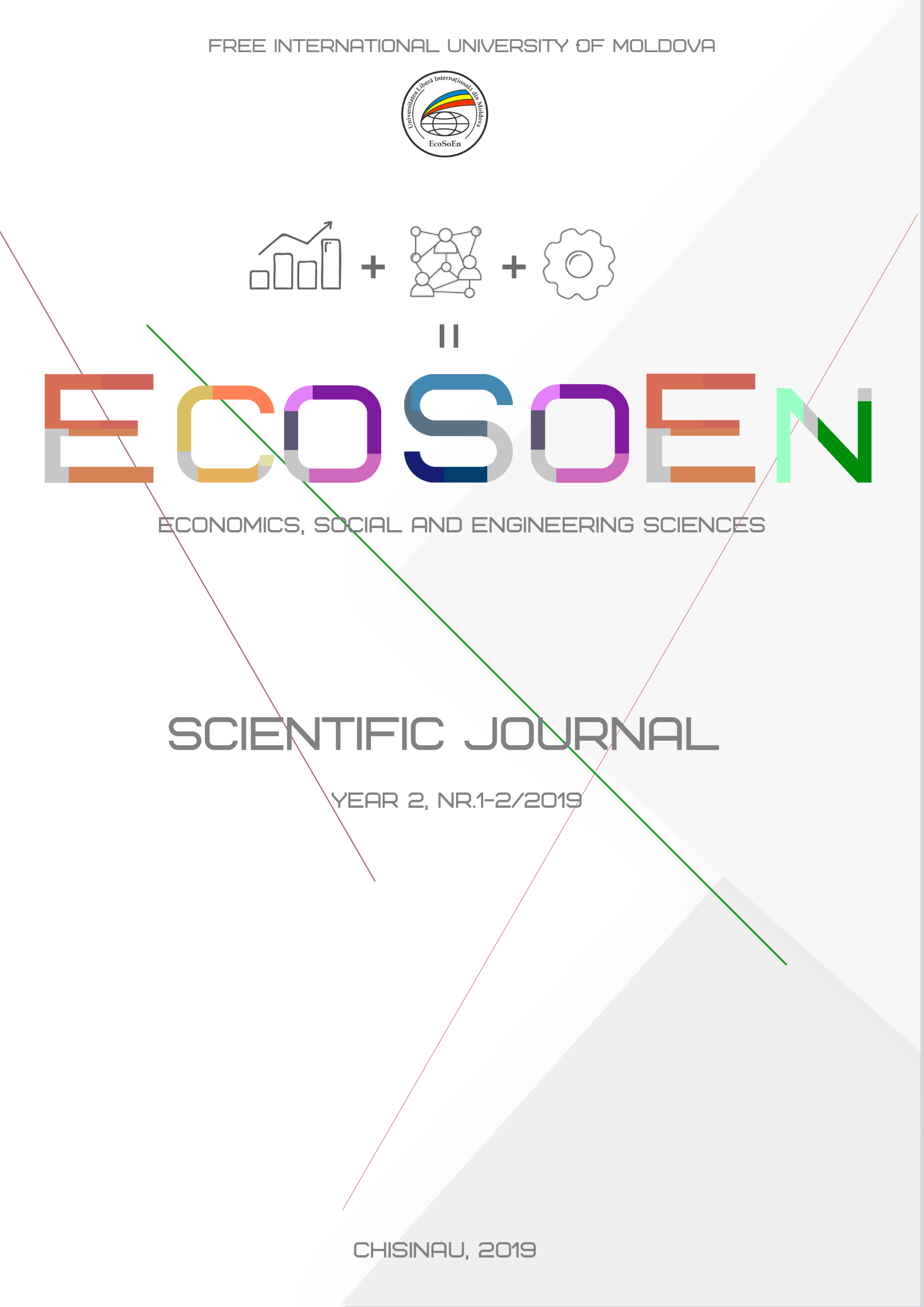Comunicarea nonverbală ca o condiție de bază a managementului impresiei
Nonverbal communication as a basic condition of impression management
Author(s): Lucia BîtcaSubject(s): Social Sciences, Psychology, Communication studies, Theory of Communication, Personality Psychology
Published by: Universitatea Liberă Internațională din Moldova
Keywords: nonverbal communication; impression management; impression construction; desirable image; self concept;
Summary/Abstract: One of the most important skills present in the social life of people refers to the presentation of own person in a positive light in front of others. The management of the impression which person can perform was recognized over time as a vital aspect regarding the look of the romantic attraction, the occupational and organizational success, the accomplishment of the desired identity, the establishment of interpersonal relationships as well as other desirable results. Although there has been a growing interest in research during the 1960s, 1970s, the concept of impression management has remained a relatively peripheral subject concerning social psychology or personality psychology, this is leading some researchers to the idea according to which the impression management is rather a model for guidance in other researches, then a theory related to the interpersonal behavior. In the specialized literature there are a lot of variables that influence the management of impression, but there are only two of these variables that are representative for a careful analysis of the process. These variables refer to the two distinct processes, represented by "impression motivation" and "impression construction". People are used to monitor their impact on others, trying to model the impressions which others have or form about them. Once the person is motivated to create a certain impression on others, the problem is limited to the desirable image and the means by which one can achieve this image. The topic of nonverbal communication and impression of management, represent actuality, because the its strongest argument represents persons, which are, par excellence, social beings, that communicate a lot and establish relationships between them. People need tools as best as possible to communicate efficiently and harmoniously. Moreover, the knowledge of some peculiarities related to communication can give us a strong sense of confidence and personal strength, because it manages to make ourselves better, to be more convincing and to influence normally, to sell our image efficiently. Any means of communicating with other people is seen through the need to be considered an integral part of a community where they live in. During the course of human evolution, the nonverbal aspects of communication had a low attention, being studied starting with 1960s. The earliest attempts to approach systematically expressive actions, even in the writings of Greece and, later, of Rome, have been accorded, in one way or another, great importance. In the broad sense, by nonverbal communication we mean to transmit voluntarily and involuntarily of information and to exert influence by behavior elements and the physical presentation of the individual or other social units (human unities or groups), as well as the perception and the usage of space and time, artifacts, cumulating messages which are not expressed by words and which can be decoded, creating meanings. Nonverbal communication, called as well the body language or analogic communication has a greater height regarding the content of a message, in comparison with verbal communication. Nonverbal communication make easy the coding information and decoding messages, and when it doesn’t harmonize or it is in contradiction with verbal message, or what is known about a certain person is that who gains more trust, because it is a well-known fact recognized by many specialists from the field – it is more difficult to lie by nonverbal communication, even if, frequently, the lie is the result of consequences.
Journal: EcoSoEn
- Issue Year: 2/2019
- Issue No: 3-4
- Page Range: 167-186
- Page Count: 20
- Language: Romanian

